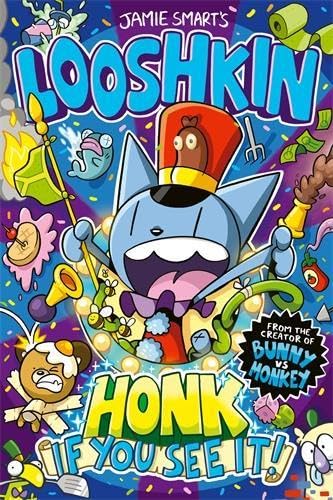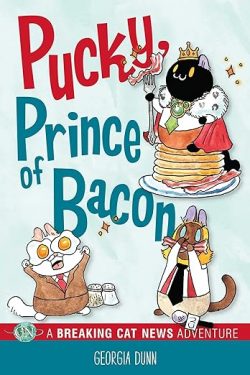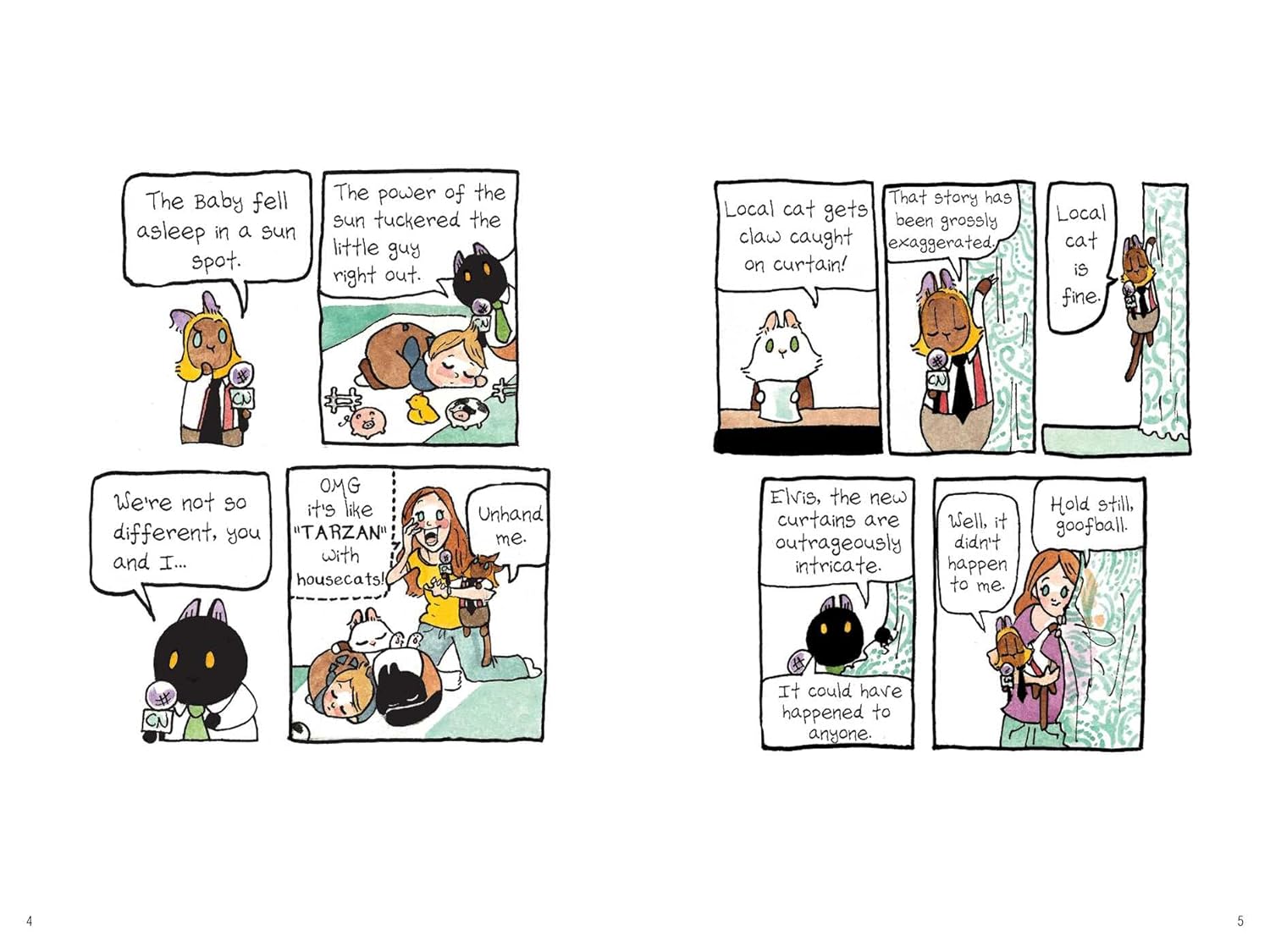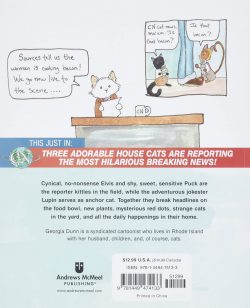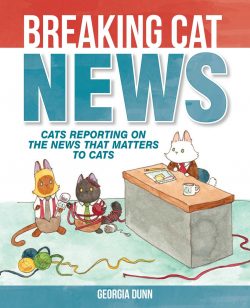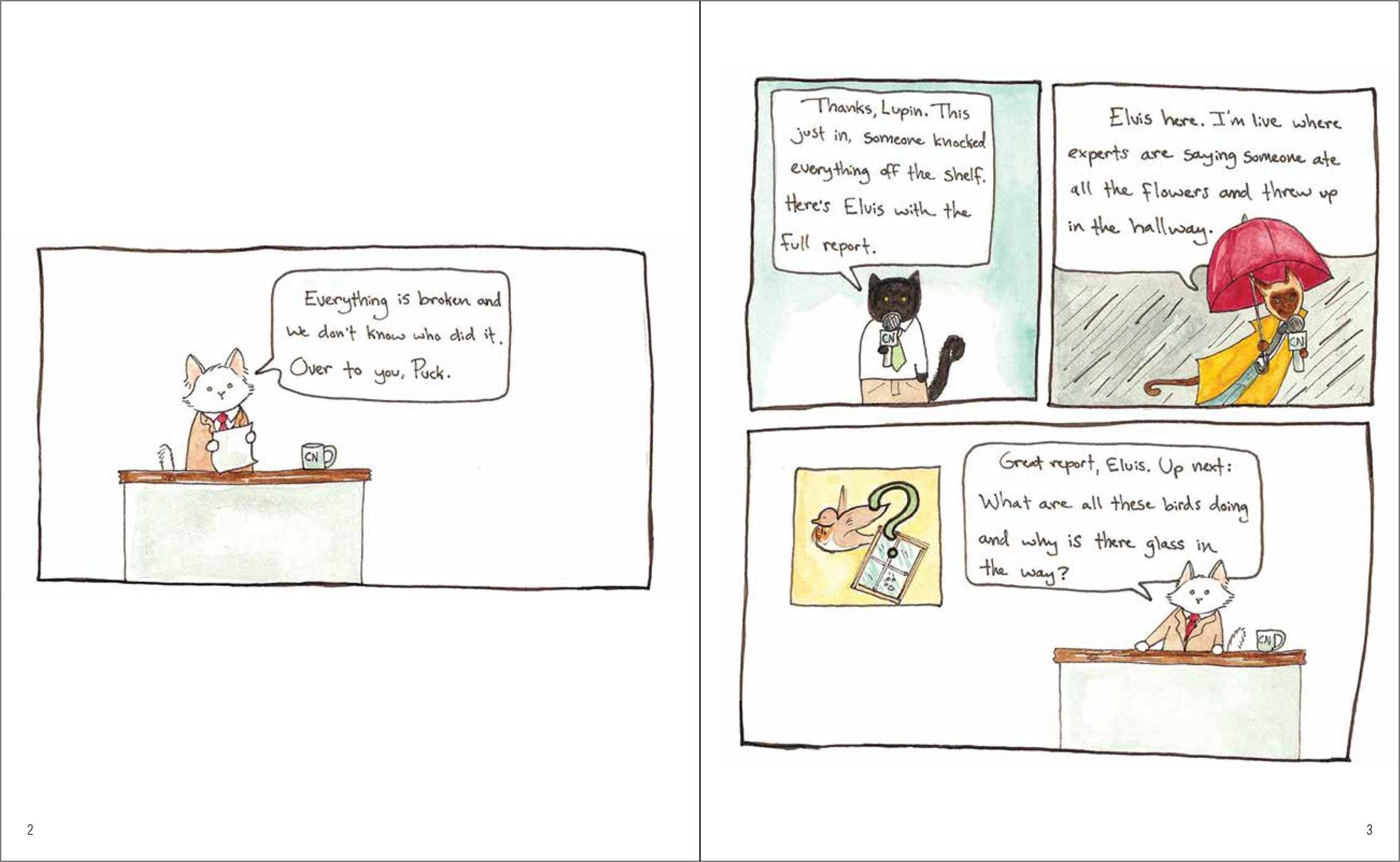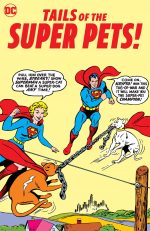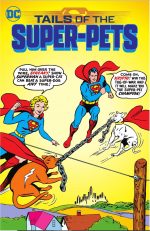

By Victor Gischler, Rob Liefeld, Marat Mychaels, Adelso Corona, Jaime Mendoza, Cory Hamscher, Matt Yackey & various (MARVEL)
ISBN: 978-0-7851-4825-8 (v1 TPB/Digital edition): 978-0-7851-4827-2 (v2 TPB/Digital edition)
These books include Discriminatory Content included for dramatic effect.
Stylish killers and mercenaries craving more than money have long been popular fictional protagonists, and light-hearted, exuberant bloodbath comics always find an appreciative audience so in anticipation of a certain movie mash up let’s look again at what those tendencies can lead to…
Deadpool is Wade Wilson : an inveterate, unrepentant hired killer who survived cancer and rogue experiments that left him a grotesque bundle of scabs, scars and physical abnormalities as well as practically immortal, invulnerable and capable of regenerating from any wound.
He is also a certifiable loon…
The wisecracking high-tech “Merc with a Mouth” was created by Rob Liefeld & Fabian Nicieza, for New Mutants #97: another product of the Weapon X project which created Wolverine, Garrison Kane and many more mutant/cyborg super-doers. Wade got his first shot at solo stardom with a brace of miniseries in 1993 (Deadpool: the Circle Chase & Sins of the Past) but it wasn’t until 1997 that he finally won his own title, which increasingly blended fourth-wall-busting absurdist humour (a la Ambush Bug and Warner Brothers cartoons) into the mix and secured his place in Marvel’s top rank.
Since then he has become one of Marvel’s iconic, nigh-inescapable characters, perennially undergoing radical rethinks, identity changes, reboots and more before always – inevitably – reverting and resetting to irascible, irreverent, intoxicating type in the end…
Here, following events too ludicrous to mention, Wilson has linked up with a quartet of alternate Deadpools from very different alternate Earths and formed the strangest team in Marvel’s history (and yes, that includes The Pet Avengers).
Collecting Deadpool Corps #1-6 (June-November 2010) manic mayhem begins in 6-part saga Pool-Pocalyse as ‘Disrespect Your Elders’ by Victor Gischler, penciller Liefeld and inker Adelso Corona sees new comrades Wilson, strikingly buxom Lady Deadpool, errant pre-teen killer bad boy Kidpool, floating masked cranium from Marvel’s Zombiverse Headpool and a costumed mutt answering to Dogpool (or sometimes “Cujo”) hired by an Elder of the Universe. Disturbingly, The Contemplator needs them to expunge a horrific threat to creation…
From a universe preceding our Big Bang one, an unstoppable force that absorbs intelligence has manifested. Thousands if not millions of planets have succumbed to the power of The Awareness, all their sentience and independence subsumed into a slavish nullity. Protected as they are by innate, intrinsic imbecility, Contemplator tells these Deadpools to go kill it…
In a bit of a dudgeon over their selection is another Elder. The Champion is the mightiest physical specimen in existence and feels the honour of saving universal intellect should be his, but although he’s no big brain either, he just isn’t in the Wilson squad’s league…
Whizzing across the cosmos in the super ship Bea Arthur with plenty of pit-stops in the skeeviest bars, cantinas and dives for information and violent recreation, the team soon confront and readily outwit their brawny rival…
Forced to take a different tack, Champion teams up with fellow Elder The Gardener to remove his insufferable rivals, but is utterly astounded by their response. Somehow elected their leader, “Championpool” readies himself for glorious combat before again finding himself humiliatingly outsmarted by the Terran morons and stranded on a dead-end world whilst they fly off to reap all the glory…
Tracking the threat involves going undercover, drinking, beating up lots of aliens, shopping and even colluding and cohabiting with legendary star smuggler The Broken Blade, but eventually they near the end of their quest…
More a superb succession of sharp gags than a plot, the adventure follows the Crazy Corps as they bumble and smart-mouth their way across the universe until finally confronting The Awareness and despite – or rather because of – their uniquely skewed mentalities, triumph in the strangest way possible…
Rewarded with wishing rings by the exultant Contemplator, the Silly Squad stay in space where this initial compilation concludes with the bombastic ballad of ‘The Blue Buccaneer’ (illustrated by Marat Mychaels & Jaime Mendoza).
Trading on their intergalactic reputation as badasses-for-hire, the Deadpool Corps accept a commission to wipe out a pirate band wrecking interstellar commerce, necessitating Lady Deadpool going undercover in the most shocking – to her at least – of disguises, uncovering the most unexpected of old acquaintances leading the perilous privateers…
Surreal, wickedly irreverent and excessively violent in the grand Bugs Bunny/Road Runner tradition, Deadpool Corps is frat boy foolish and frequently laugh-out-loud spit-take funny: a wonderfully antidote to cosmic angst and emotional Sturm und Drang of most contemporary Fights ‘n’ Tights comics.
The saga continues in sequel volume You Say You Want a Revolution with Wade still working in unison with four Deadpools from very different parallel Earths. The bizarre concatenation of circumstances resulting in Deadpool & Co saving creation from the sentience-sucking Awareness led to them scoring a starship and set of one-use only wishing rings. Now they’re having so much fun and don’t want to go home, but as card-carrying mercenaries these unlikely champions realise you can never have enough spending money either…
Collecting Deadpool Corps #7-12 (December 2010-May 2011 by Gischler, pencillers Liefeld & Mychaels with inkers Adelso Corona & Cory Hamscher) the mayhem continues with a wickedly cruel and potently justified spoof of blockbuster movie Avatar. Framed through insanely clever fiddling with the narrative technique of flashbacks, the story sees the carnival of killer fools accepting a huge commission from the vast and unscrupulous Omega Confederation.
Paradise planet Kagan 7 is a beautiful wonderland of flora and fauna inhabited – or possibly safeguarded – by deeply spiritual, jungle-dwelling, blue-skinned warrior-race the Krook. Sadly, to cost-effectively access the planet’s mineral wealth, the Confederation had to enslave the Krook and make them miners. Now the ungrateful sods are rebelling and demanding their planet back so the Omega Board would like somebody to go and quietly remove all the ringleaders so the peons can get back to digging up all that lovely platinum…
Taking out an alien legion of mercs hired by the rebels is no problem, but the natives themselves – especially the extremely hot daughter of their bombastic king – proves too much for the Crazy Corps. Soon they are desperately bargaining for their own lives…
Said deal boils down to the Deadpools switching sides and running the revolution against the Confederation. The murderers from a multiplicity of Earths have no qualms about turning turncoat: the problems only occur after Wade starts boinking mercilessly manipulative Princess Teela, who also convinces her highly sceptical dad that to survive as an independent free world, their unspoiled Arcadian Eden needs to modernise and commercialise…
Wade’s thinking something reserved and classy, properly in tune with the environment: Hospitals, swish eateries, a complex of skyscraper hotels, spa resorts and golf courses: y’know, kind of like Las Vegas in space…
As Deadpool commences a crass telethon campaign to raise galactic awareness of the Krooks’ plight, from across the universe a tsunami of tree-huggers converge on the endangered paradise to support the latest cause celébre. Elsewhere, the Omega Confederation board decide something nasty needs to be done to the contractors who took their cash and failed to deliver. On Kagan 7, so many donations come in that the Imperial Senate recognises the new world: inducting it into the Galactic Economic Community. The first part of that procedure is to set up a Central Bank of Krook and advance several thousand tons of gold so the latest member of the club can suitably set up a proper trading profile…
Wade is so stunned with loot-shock he doesn’t even notice when Omega death-squads start shooting. Luckily, old girlfriend/legendary arms-smuggler The Broken Blade arrives to save they day whilst stocking the newborn world’s defences with her latest super-ordinance.
She’s a little less than ecstatic when she learns Wade’s been making time with a plush and primitive princess…
The social evolution of the Krook isn’t going smoothly either. Whilst Teela ruthlessly embraces everything flashy, sparkly, new and civilised, dear old dad just wants his world back the way it was before all the outworlders came. Soon father and daughter are spearheading two separate armies in a savage civil war – beamed live into quintillions of homes all over known space – and the Deadpool Corps have picked opposing sides to help keep the slaughter quotient high.
All poor Wade can think about, however, is several thousand tons of gold just waiting to be salvaged and taken back to Earth… And in the background the Omega Confederation are still looking at ways to take back their mining operation and kill everybody who defied them…
Displaying with extreme clarity how the cure can be worse than the disease, the last hurrah of the Deadpool Corps blends a minimum of plot with an overabundance of edgy gags, snappy one-liners, shtick, shlock and slapstick as the trans-dimensional terrorisers bumble, fumble stumble and smart-mouth their way across the galaxy and over a mountain of oddly-shaped corpses until finally they at last go their separate ways…
Surreal, wickedly irreverent and excessively is perfect counterattack to po-faced heroic tales and holds the secret of keeping you amused until the next movie milestone comes on line.
© 2010, 2011 Marvel Characters, Inc. All rights reserved.



